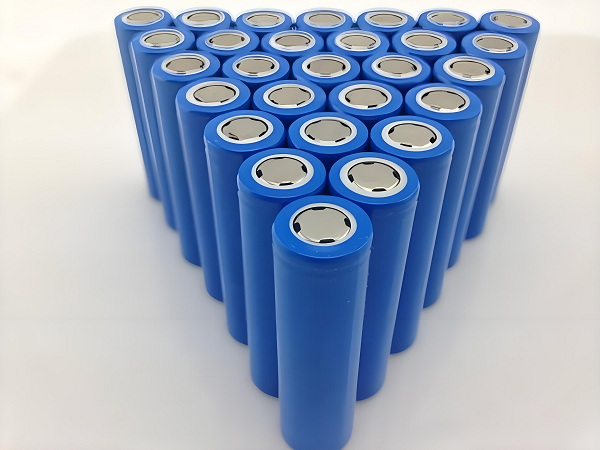Ternary lithium-ion batteries have several notable advantages. They possess a high energy density, a long cycle life, and are resistant to low temperatures. However, they exhibit insufficient stability at high temperatures. Ternary lithium-ion batteries can achieve the highest energy density, but their performance at high temperatures is relatively poor. For pure electric vehicles with requirements for driving range, they are the mainstream choice, and they are also suitable for the weather in northern regions, as the batteries are more stable in low temperatures. Tesla's Model 3, which was announced, uses Panasonic's 21700 type ternary cylindrical batteries.

One of the drawbacks of ternary lithium-ion batteries is that the deoxidation temperature of the ternary material is 200°C, and it fails the nail penetration test. This indicates that in cases of internal short circuits or damage to the battery casing, ternary batteries are prone to safety accidents such as combustion and explosions.
So, what exactly does "ternary" refer to in ternary lithium-ion batteries? The "ternary" in ternary lithium-ion batteries refers to a polymer that contains three metallic elements: nickel (Ni), cobalt (Co), and manganese (Mn) or aluminum (Al). These elements serve as the cathode material in ternary lithium-ion batteries, and all three are indispensable, playing a crucial role within the battery.
Nickel's primary function is to increase the volumetric energy density of the battery, which is a significant breakthrough point for enhancing the driving range. However, an excessive amount of nickel can cause nickel ions to occupy the positions of lithium ions (nickel-hydrogen mixing arrangement), resulting in a decrease in capacity.
Cobalt inhibits the mixing arrangement of cations, thereby improving the stability of the battery and extending its lifespan. Additionally, it determines the charging and discharging speed and efficiency (rate performance) of the battery. Nevertheless, a high cobalt content will lead to a reduction in the actual capacity.
Aluminum or manganese: Cobalt is a very expensive and rare metal, resulting in high costs. The purpose of using manganese or aluminum is to reduce the cost of the cathode material while enhancing the safety and stability of the battery.
In order to increase the capacity of ternary lithium-ion batteries, it is necessary to increase the proportion of nickel in the cathode. Therefore, the proportion of nickel has been continuously increasing. Starting from the early NCM111, to the NCM523 and NCM611 in recent years, and then to the NCM811 that has been put into production this year, the energy density of the batteries has been increasing, and the usage of nickel has become more and more extensive.
As the amount of nickel used increases, the proportions of cobalt and manganese will inevitably decrease. Will this affect the lifespan and stability of the battery? Theoretically, it will. However, currently, the leading type of ternary lithium-ion battery is undoubtedly the "high-nickel" ternary lithium-ion battery. This is due to two main reasons. On one hand, it is a policy issue. Electric vehicles with a long driving range and high battery energy density can receive more financial subsidies. On the other hand, various automobile manufacturers are competing to stand out and engage in a driving range competition, as if the longer the driving range of a car, the more advanced its technology is.
With the "phasing out" and withdrawal of the subsidy policy, the enthusiasm for "high-nickel" ternary lithium-ion batteries may cool down. And with the progress of lithium iron phosphate technology, it is expected that there will be intense competition between lithium iron phosphate and ternary lithium batteries. In August, BYD revealed that it will launch a new generation of lithium iron batteries, which will increase the volumetric energy density by 50%, have a lifespan of up to 8 years and 1.2 million kilometers, and can also reduce costs by 30%. Some analysts say that the energy density of lithium iron phosphate is expected to be comparable to that of 622 ternary lithium-ion batteries. If this is true, with the additional advantages of good safety, long lifespan, and low cost, lithium iron phosphate batteries may very well return to the center stage.
It is not possible to simply say which is better between lithium iron phosphate batteries and ternary lithium-ion batteries. Each has its own unique advantages. Lithium iron phosphate batteries excel in having a long lifespan, good safety, and low cost, but they are slightly inferior in energy density and performance in low temperatures. Ternary lithium-ion batteries are superior in having a high energy density and being able to store more electricity, but they are slightly less in terms of safety and lifespan.



